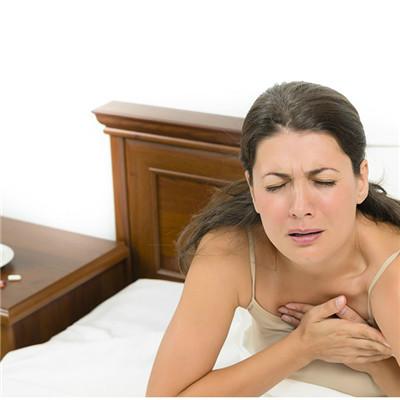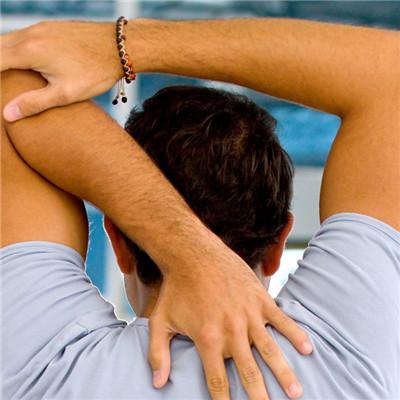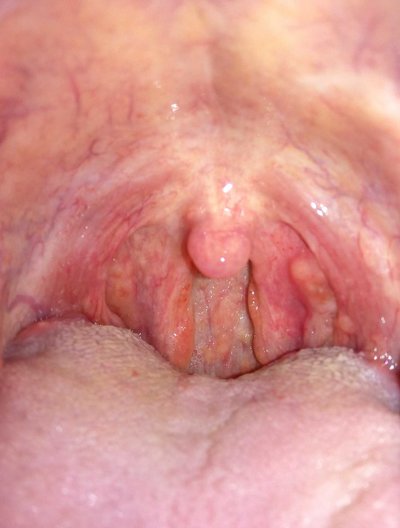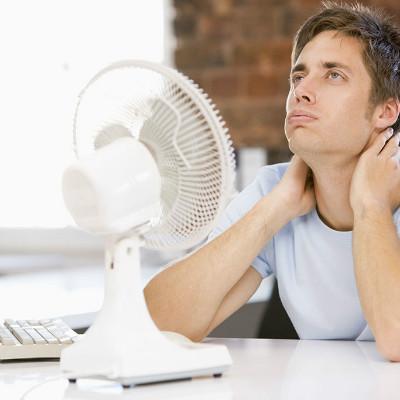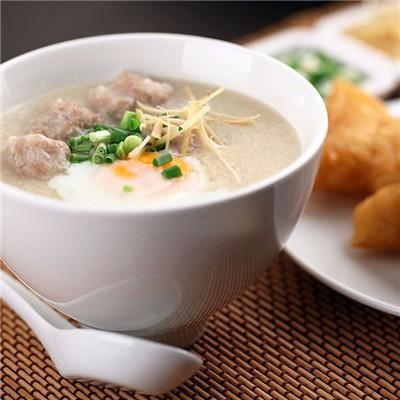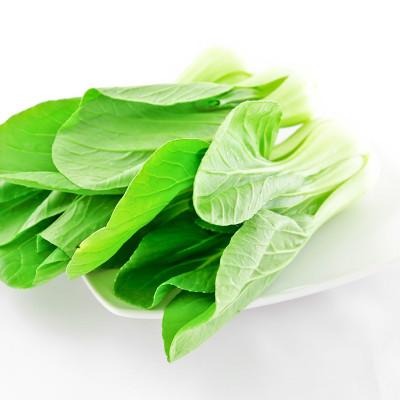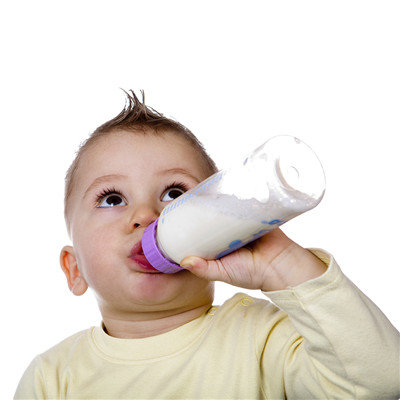Symptoms of reflux esophagitis in infants?
summary
Gastroesophageal reflux in infants generally refers to a phenomenon that the contents of children's stomach or duodenum flow back to the esophagus. Generally speaking, physiological gastroesophageal reflux is more common. Of course, some gastroesophageal reflux belongs to case type. If it's physiological, it's more common to have reflux after feeding the baby. Pathological infant gastroesophageal reflux is often accompanied by vomiting, and some may even be combined with some respiratory tract infections and lung diseases. In particular, many pneumonia children often have gastroesophageal reflux phenomenon. Symptoms of reflux esophagitis in infants? Let's talk about it.
Symptoms of reflux esophagitis in infants?
Why does the symptom of infantile reflux compare slight, some symptom are more serious. Generally speaking, the most common phenomenon is vomiting after breast-feeding, which starts to occur one week after the birth of the child. This phenomenon will gradually ease one year after the birth of the child, which belongs to the physiological gastroesophageal reflux phenomenon.
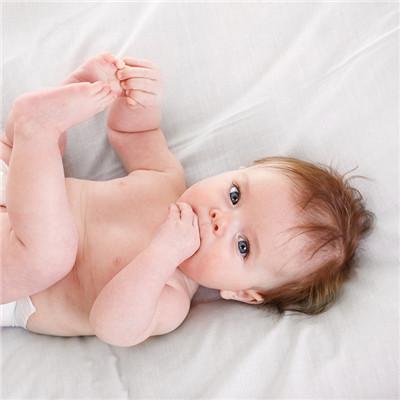
Some babies will repeatedly vomit when they have gastroesophageal reflux, and their condition will become more and more serious. If they do this for a long time, it will lead to malnutrition, acid regurgitation, frequent hiccups and poor growth of children. In addition, the pathological baby is gastroesophageal reflux, which can make the child feel heartburn, and has great damage to the child's esophageal mucosa.
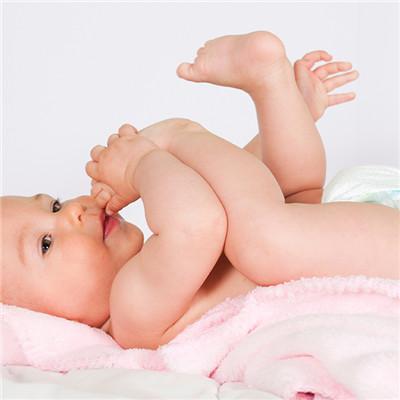
Gastroesophageal reflux in infants can easily lead to esophagitis. It can also make children vomit blood. The vomit will show the color of coffee, and this kind of children often have anemia. If the esophagitis caused by infant gastroesophageal reflux disease, it will further affect the child's appetite, and even make the child anorexic.
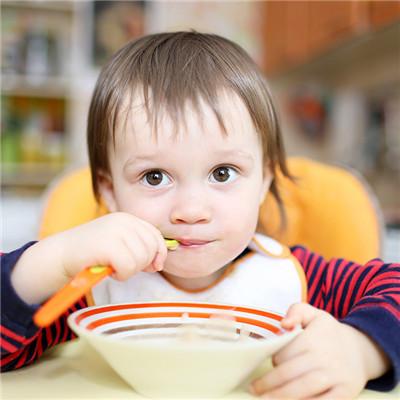
matters needing attention
Some children with infantile gastroesophageal reflux disease have no effect through various medical treatments, or they have repeated attacks after treatment. Such children may need to go to the hospital for detailed examination, and then choose surgery for treatment.
